Nationality Swiss Role Mathematician Fields Mathematics, Physics | Institutions University of Geneva Name Gabriel Cramer Parents Jean Cramer Residence Switzerland | |
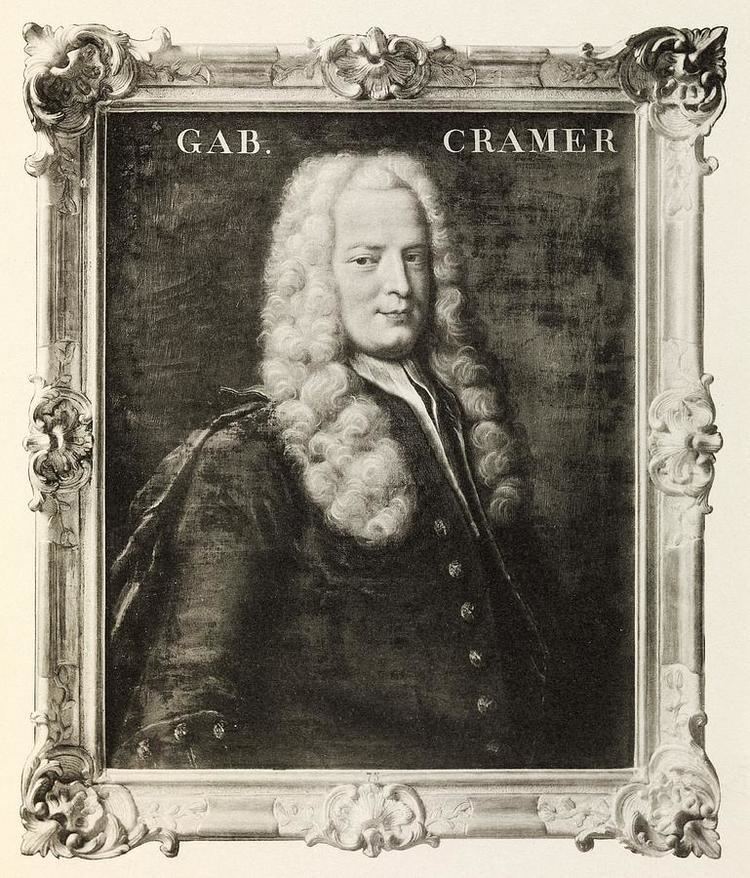 | ||
Known for Cramer's ruleCramer's paradox Died January 4, 1752, Bagnols-sur-Ceze, France | ||
Math 450 Final Project: Gabriel Cramer
Gabriel Cramer ([kʁameʁ]; 31 July 1704 – 4 January 1752) was a Swiss mathematician, born in Geneva. He was the son of physician Jean Cramer and Anne Mallet Cramer.
Contents
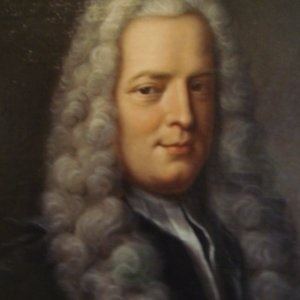
Gabriel Cramer
Biography
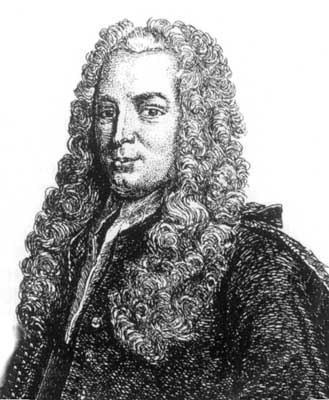
Cramer showed promise in mathematics from an early age. At 18 he received his doctorate and at 20 he was co-chair of mathematics at the University of Geneva.
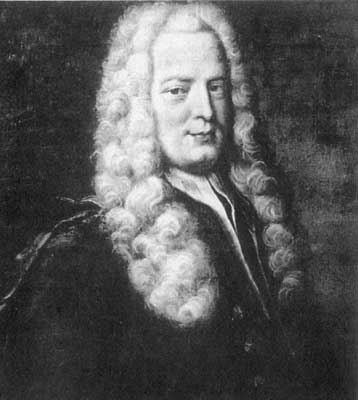
In 1728 he proposed a solution to the St. Petersburg Paradox that came very close to the concept of expected utility theory given ten years later by Daniel Bernoulli.
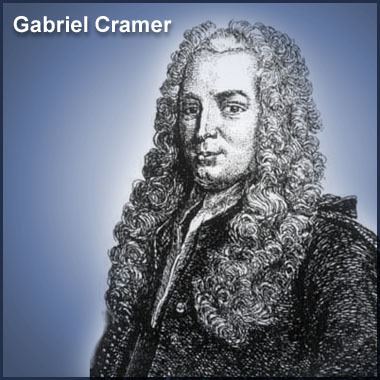
He published his best-known work in his forties. This included his treatise on algebraic curves (1750). It contains the earliest demonstration that a curve of the n-th degree is determined by n(n + 3)/2 points on it, in general position. (See Cramer's theorem (algebraic curves)). This led to the misconception that is Cramer's paradox, concerning the number of intersections of two curves compared to the number of points that determine a curve.
He edited the works of the two elder Bernoullis, and wrote on the physical cause of the spheroidal shape of the planets and the motion of their apsides (1730), and on Newton's treatment of cubic curves (1746).
In 1750 he published Cramer's rule, giving a general formula for the solution for any unknown in a linear equation system having a unique solution, in terms of determinants implied by the system. This rule is still standard.
He did extensive travel throughout Europe in the late 1730s, which greatly influenced his works in mathematics. He died in 1752 at Bagnols-sur-Ceze while traveling in southern France to restore his health.
